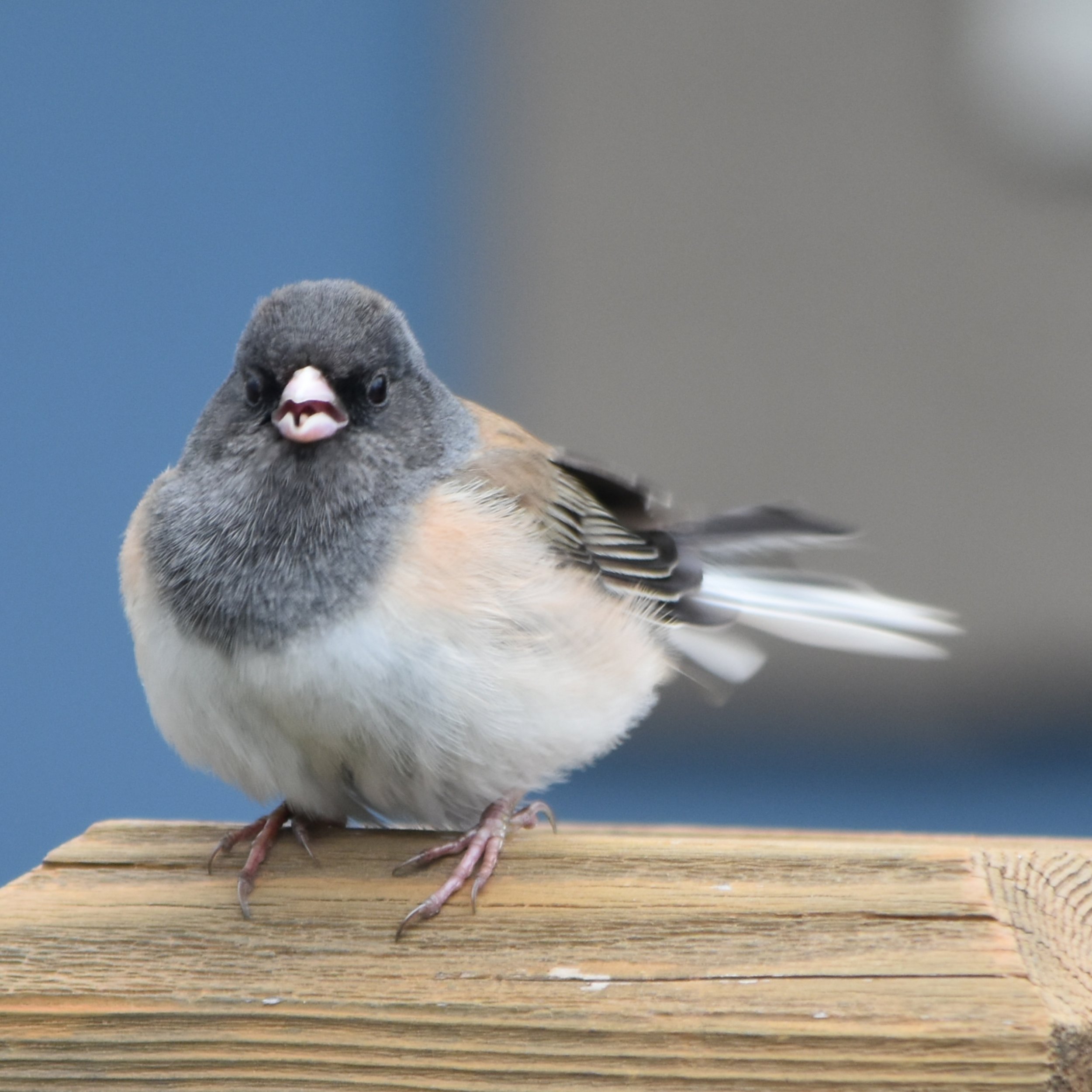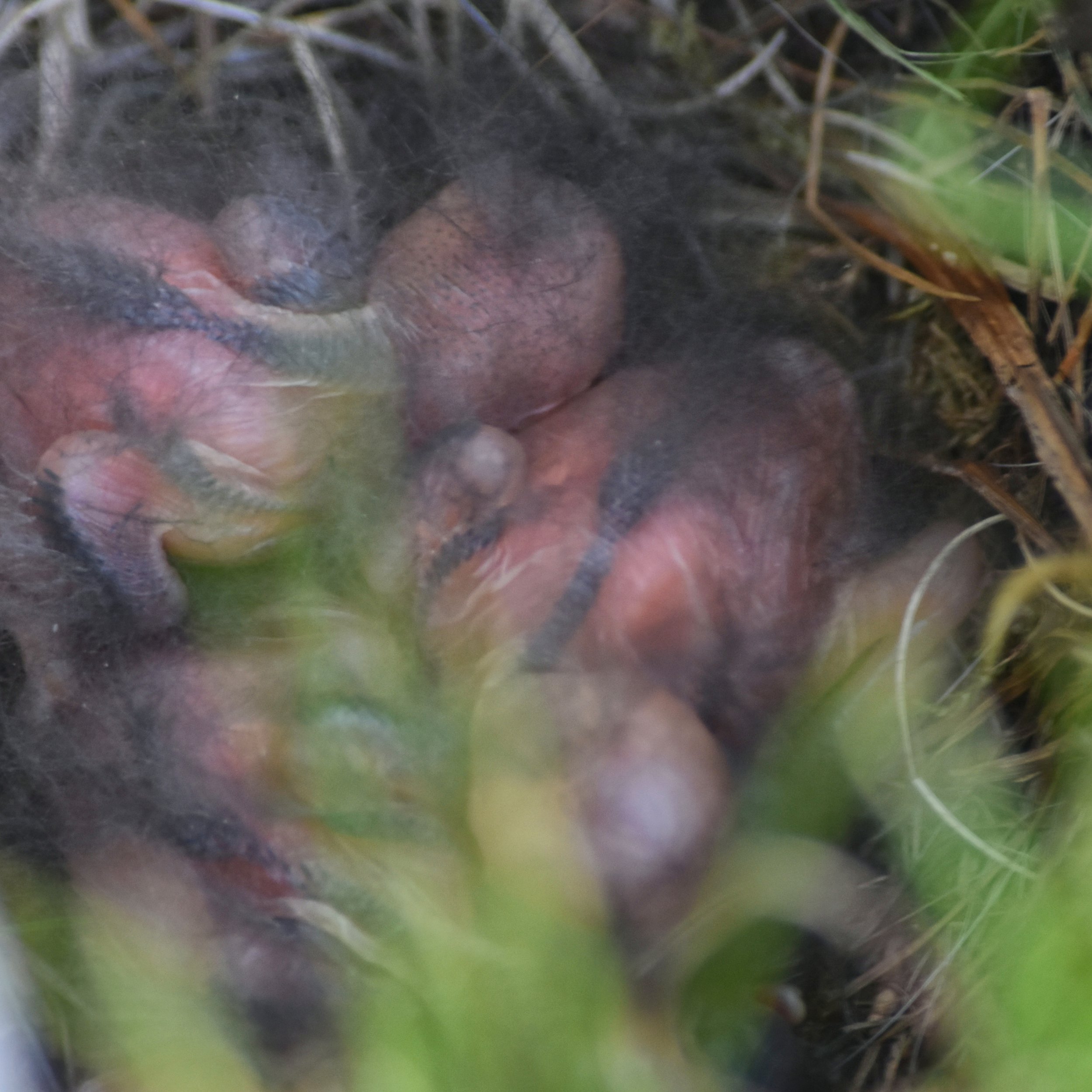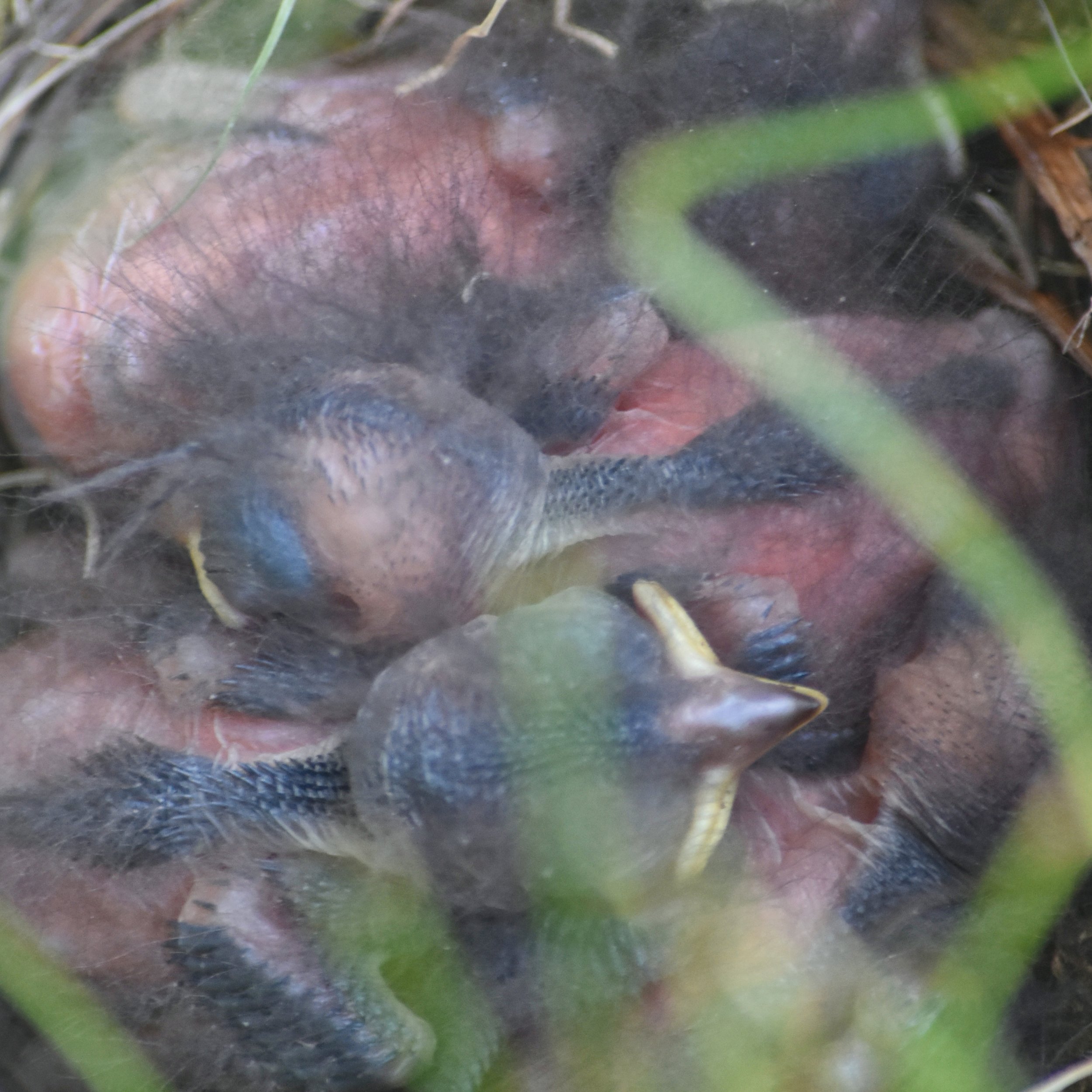We were happy this spring to find a Dark-eyed Junco nest on the ground right next to our house. It has been a very cold spring in the Pacific Northwest and seeing the babies emerge from their eggs without feathers and with nearly translucent skin made us wonder if they would ever survive. The mother Junco was so persistent in her care of her children. When it was cold, she would stubbornly sit on the nest keeping her babies warm. When it got warmer, she would go out in search of food and the babies would stay in the nest totally silent, patiently waiting for their mother’s return. Miraculously the babies survived. Since their leaving the nest, we have seen them in our neighborhood jumping and hopping around and doing the things young children like to do.
Nature Education Briefs
Migration of the Monarchs
Last month (Oct 2014) we visited Wildseed farms, a working wildflower farm, shop, restaurant and one of my favorite stops in the Texas hill country. At the farm the Monarch butterflies were busy moving from flower to flower to get the energy needed for their annual migration south to Mexico. Monarchs have the longest migration of any butterfly in the world, with some Monarchs journeying more than 2500 miles to winter in Mexico.
Monarch Butterflies at Wildseed farms, Fredericksburg, TX
We, and many other visitors to the farm, were invited to participate in a combined effort between Wildseed farms and Monarch Watch in tagging these beautiful butterflies. The tagging program assists scientists in tracking the butterflies during their migration.
Monarchs offer an excellent opportunity to teach children about nature. Additional information on Monarchs can be found at numerous websites including the following:
The Life Cycle Of The Monarch Butterfly With Pictures & Facts (activewild.com) - this website provides an excellent summary of the lifecycle of this amazing butterfly.
http://www.monarchwatch.org/ - this site offers both information and activities. I suggest reading the conservation link to learn about the threats this marvelous creature faces. Some of the activities listed on Monarchwatch offer excellent ways for children to get involved directly with the Monarchs. These activities include:
+ creating a Monarch Waystation
+ Butterfly Gardening
+ Butterfly tagging
+ Raising Monarchs
+ Milkweed planting - Monarch caterpillars feed exclusively on these plants
Take time watch the Monarch's. They are so delicate. Their flight seems to have no direction, randomly bouncing up and down as if ridding on a invisible stream of air. Somehow though, despite many obstacles, the Monarch's continue their annual migration.
Praise be to God.
The Folks at A Nature Walk with God











